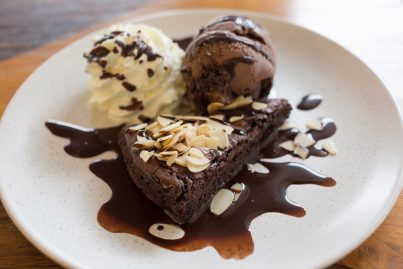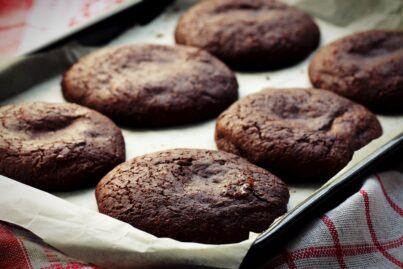Buttermilk is one of my favorite ingredients. I love it’s pleasant buttery taste and the slight acidity it gives to baked goods and salad dressings.
History
Traditionally, buttermilk was the liquid residue obtained from butter making. Its use became more popular in the 1800s with the advent of baking soda. The reaction of an alkali like baking soda combined with the acidity of buttermilk made it possible to prepare quick breads, muffins, and pancakes without the need of a leavening such as yeast.
A little later, with the advent of pasteurized milk, the buttermilk from butter making became ineffective to prepare quick pastries son people began using a mixture of milk and lemon juice or vinegar as a substitute. Around 1920, noting the popularity of these new quick-rising recipes, the dairy industry created cultured buttermilk, identical to the one still made today.
Reference: Milk, the surprising story through the age, Anne Mendelson, Knopf
Cooking with buttermilk
You can substitute buttermilk with a small amount of lemon juice mixed with milk or vinegar, but I personally prefer the unrivaled flavor of buttermilk.
As I wanted to always have buttermilk on hand, I’ve tried freezing it in small 1-cup containers and am very pleased with the results I obtain in my baking. Once thawed, I whisk it lightly to restore its velvety texture.
Thawed buttermilk is a little thinner so I add just enough of it when preparing my ranch dressing to get the right creamy texture.
Doughs made with baking soda and baking powder react quickly as soon as the wet ingredients are mixed with the dry ingredients it is therefore important to bake them as soon as they are mixed and pans filled.
Discover and relish with these recipes highlighting buttermilk.










